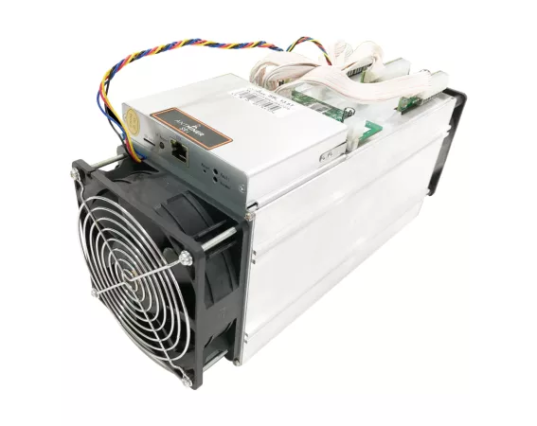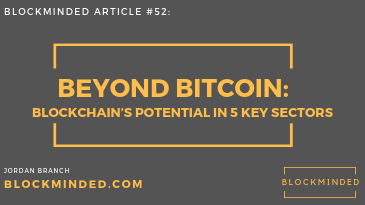If you’ve heard of Bitcoin you’ve probably heard the expression “Bitcoin Mining” also. This phrase tends to confuse newcomers to the cryptocurrency world. When I first started learning about Bitcoin and other cryptocurrencies I found this concept difficult to grasp. I had so many questions and I wanted Bitcoin mining explained to me. What does it mean to mine Bitcoin? What exactly do you need to do to mine for that matter? Is there someone controlling the supply of Bitcoin or is it created out of thin air?
Before we move forward it will be useful to discuss a few basic concepts. We can use the Bitcoin blockchain network to facilitate this. First, let’s touch on how the supply of bitcoin is determined and afterwards we can review how transactions that involve Bitcoin are approved. Once we fully grasp these concepts gaining an understanding of what it means to mine Bitcoin should be rather straightforward.
How Is The Supply Of Bitcoin Controlled?
We all know that the Federal Reserve Bank of the United States determines when to print new dollars and how much of them to print. They have the authority to determine the monetary policy of the United States. This is the case with any physical currency in circulation – an organization exists that controls the supply. However, Bitcoin is different. There is no central authority controlling the supply of Bitcoin.
It’s key to remember that Bitcoin and the network it runs on are types of computer programs. These computer programs can run certain processes at certain points in time without a human being telling them to do so. When you’re computer is idle for a period of time it will fall asleep. The computer engages in this activity because it contains computer code telling it to do so. In essence the code says “if there has not been any activity on this computer for thirty minutes I will put myself to sleep”.
The Bitcoin platform contains a similar feature. The program calls for a certain amount of Bitcoin to be released into the ecosystem each time a certain amount of transactions have been approved. More and more Bitcoin will be released as more and more transactions are approved by the network. No central authority needs to tell the program to release new currency. The network program already knows how many transactions will need to be approved before it releases new Bitcoin.
So How Do Transactions Get Approved?
Understanding this is a key point because the amount of currency being created is directly related to the amount of approved transactions. We will provide a brief summary here but please check out our other blockchain articles to get a more complete understanding.
No central authority is approving transactions on the Bitcoin blockchain network. The theory of Bitcoin mining explained in the project’s whitepaper shows that a large number of people can take on the role of transaction approver. When I want to send you Bitcoin I broadcast to the entire network that I am going to send you Bitcoin. All of the approvers will get my message and then they will compete against each other to confirm or deny the validity of the transaction.
Approvers use powerful computers to determine the validity of a transaction. The validity of a transaction can be determined by solving a specific algorithm that the network agrees upon. The computers that the validators own solve this algorithm and secure the network.
Bitcoin Mining Explained
So let’s make the connection here. There are a variety of different parties competing to approve transactions on the network. The program the network uses knows to release new Bitcoin every time a certain amount of transactions are approved. But who does the network give these newly created Bitcoins to?

It’s the approvers of the transactions that will receive them. Think of this as an incentive or a reward to secure the network by approving transactions.
This is why transactions entered into on the Bitcoin network do not come with transaction fees. When utilizing a traditional method of money transfer (bank, wire transfer, payment application, etc.) you are paying the third party a fee for the service they provide. You pay them to approve and facilitate the transaction. In our Bitcoin example the parties that are approving and facilitating transactions are incentivized with the additional currency being created making transaction fees unnecessary.
Why Is This Process Called “Bitcoin Mining”?
Let’s think of a traditional mine – there’s diamonds or gold stuck underneath the ground, right? The only way to release them is by digging into the ground over time. In order to do that we need the right tools (drills, picks, hammers, etc.) and we need to power those tools so they can work effectively. We need to put the effort in so we can be rewarded with the precious resources.
Now let’s think of Bitcoin mining explained above – where are the Bitcoin that have yet to be released? They are stuck in the computer code. The program is withholding them from the community. The only way to release them is by solving more and more transactions over time. We use the powerful computers to solve the algorithms and they function as our drills and hammers. We use electricity to power our tools so they can function effectively and efficiently.



